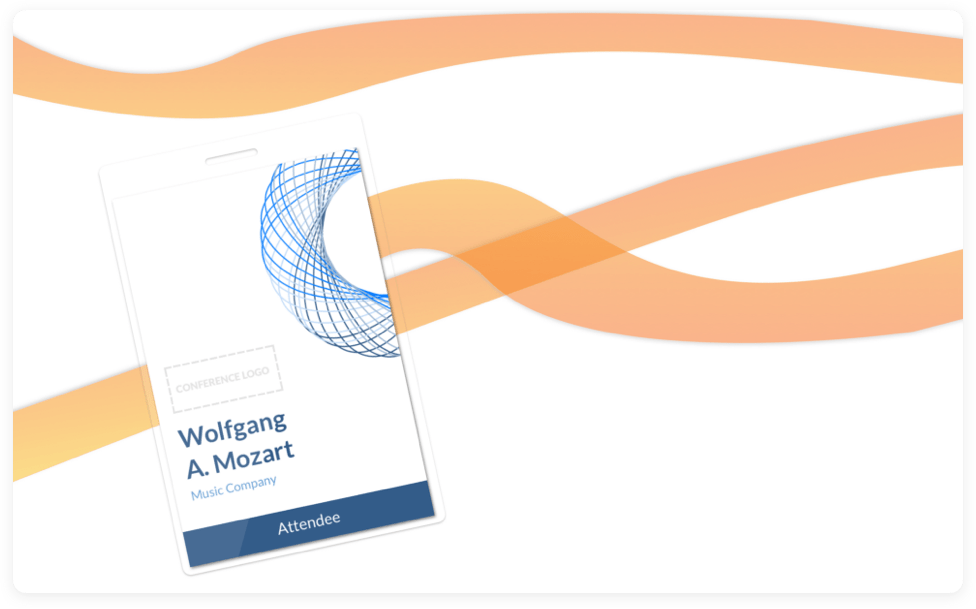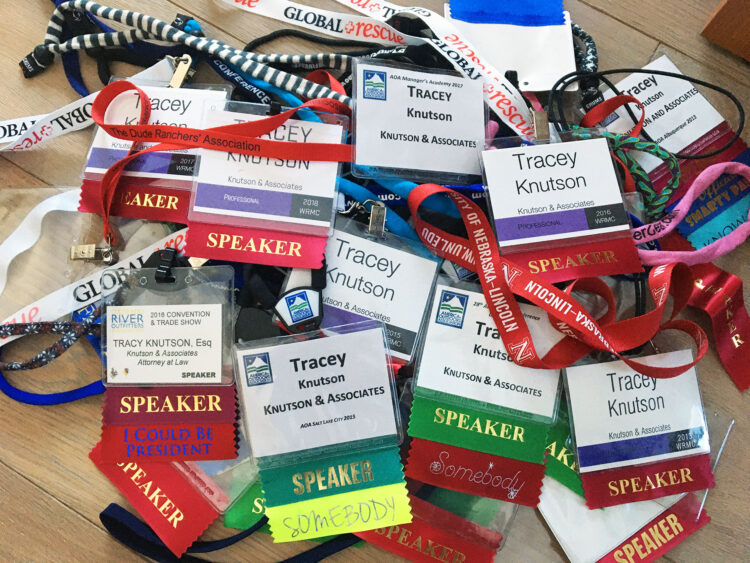Name tags, those simple identifiers we often encounter at events, have long been underutilized. From conferences to workplaces, they primarily serve the purpose of helping us remember names. However, envision the vast untapped potential they hold when we think beyond identification.
Imagine a tool that not only introduces you by name but becomes a bridge for networking, a catalyst for conversation, or even a gateway for marketing opportunities. This article aims to unveil this profound potential. By its end, you’ll see that a name tag isn’t just a tag—it’s an unsung hero of human connections and brand marketing.
The Power of First Impressions

When we think about networking or marketing, we often focus on pitches, handshakes, or even the quality of our business cards. But there’s a subtle player that enters the arena long before these: first impressions. They play a pivotal role in determining whether a prospective client will be intrigued or indifferent. A Harvard study once underscored the rapid speed at which we form impressions—within a blink of an eye.
Amid this swift assessment, every detail counts, and this includes the design and information on a name tag. In essence, well-crafted custom name tags can speak volumes, signaling professionalism, innovation, and branding ethos in mere seconds. It’s not just about knowing who’s who; it’s about projecting who you are and what you represent.
Designing an Eye-Catching Name Tag
A name tag’s design can be a silent yet powerful communicator. So, how do you harness its potential? Begin with clarity. Ensure the name is legible, perhaps using fonts that align with your brand’s ethos. Next, consider color psychology. Blue evokes trust, red screams energy, and green communicates growth. Graphics, when used sparingly, can further accentuate your message, making the tag more than just a name placeholder but a branding tool.
Remember, your tag will often be in the peripheral vision of attendees or clients; you want it to be memorable. Branding consistency is vital. Your tag should seamlessly fit with other branding elements—business cards, brochures, or even your PowerPoint slides. When all these come together harmoniously, a tag becomes more than just an ID—it’s a beacon of your brand’s identity.
Personalization and Engagement

Delving deeper into the art of networking, personalization emerges as a cornerstone. A generic name tag might tell attendees who you are, but it might not tell them why they should connect with you. Introducing elements of personalization can bridge that gap. Think about integrating a concise tagline or title that captures your unique value or role. For instance, instead of “Jane Doe,” consider “Jane Doe – AI Innovator.” Instantly, you’re not just another name; you’re a point of interest.
But why stop at titles? Imagine adding a hobby, a question, or a fun fact. Something like, “Ask me about deep sea diving!” can spark conversations that traditional networking might not. Such conversation starters foster organic interactions, allowing connections to be made on shared interests or curiosity.
Leveraging QR Codes
The digital age has ushered in countless innovations, and one that stands out for its simplicity and efficacy is the QR code. Incorporating QR codes on tags can seamlessly connect the physical to the digital. Scanning a code could lead a new contact to your LinkedIn profile, an online portfolio, a recent project, or even a digital business card.
Consider the power of this tool at a busy conference. Instead of fumbling with paper cards or typing out details, a quick scan can capture essential details, ensuring that connections aren’t lost in the shuffle of a busy event. Stories abound of professionals who’ve successfully harnessed this strategy. For instance, a graphic designer once reported a 50% increase in website visits after introducing QR-enabled name tags at a trade fair.
Name Tags at Conferences and Trade Shows

In the hustle and bustle of large-scale events, standing out is crucial. Here, name tags can be a beacon, drawing people in. The trick lies in optimization. At a tech conference, for instance, a tag highlighting expertise in an emerging technology can spark curiosity.
Trade shows, often industry-specific, allow for further specialization. A tag can highlight not just a name or a company, but a solution. “John – Your AI Solution Specialist” is more engaging than just “John.” It promises expertise, solutions, and insights, making it easier to strike conversations with potential leads or collaborators.
Name Tags in the Workplace
Beyond the realm of external networking, name tags play a pivotal role within organizations. For new hires, a name tag is a small yet powerful token of inclusion. In larger corporations, where everyone might not know everyone, name tags can foster cross-departmental connections, breaking silos.
There’s also potential for internal networking. By adding roles or projects to tags, employees can quickly identify and connect with colleagues working in areas of interest. Such organic interactions can pave the way for collaborative projects and innovation.
Creative Uses of Name Tags
Traditionally, name tags are seen as functional tools. But with a dash of creativity, they can be so much more. Restaurants, for instance, could use them to highlight a waiter’s favorite dish, fostering conversation and upselling opportunities. At networking events, QR codes could link to personal stories or videos, providing a deeper layer of connection.
Such innovative uses not only make interactions memorable but can also be powerful marketing tools. It’s all about thinking beyond the norm, finding ways to make that square inch of real estate work harder and smarter.
Measuring the Impact

Like any strategy, the efficacy of name tags in networking and marketing must be assessed. Metrics can range from the tangible, like increased website visits post-events, to the intangible, like improved workplace cohesion. Tools like Google Analytics can track QR-induced traffic, while surveys can gauge employee sentiments in organizational contexts.
Best Practices for Name Tag Etiquette
As with all tools, there’s a right way to use name tags. Placement matters; most experts recommend the right side for easy visibility during handshakes. The text should be legible from a comfortable conversation distance. And while innovation is encouraged, it’s also essential to respect privacy. Not everyone might be comfortable sharing personal details or being scanned digitally.
Case Studies and Success Stories
The real-world impact of name tags is best understood through success stories. Take the case of a startup that rebranded with eco-conscious values. At a trade show, their name tags, made of recycled material and highlighting their sustainability mission, drew significant attention and bolstered their brand image. Or consider the story of a networking event where attendees had tags with fun facts, leading to richer conversations and more meaningful connections.
Conclusion
So, are name tags mere identifiers or powerful tools? As we’ve seen, they hold the potential to be much more than just a sticker with a name. They can build bridges, spark conversations, market brands, and foster community. As we step into an era where personal connection is increasingly valued, isn’t it time we leveraged every tool at our disposal? Start today. Reimagine the name tag, and unlock its myriad possibilities.







